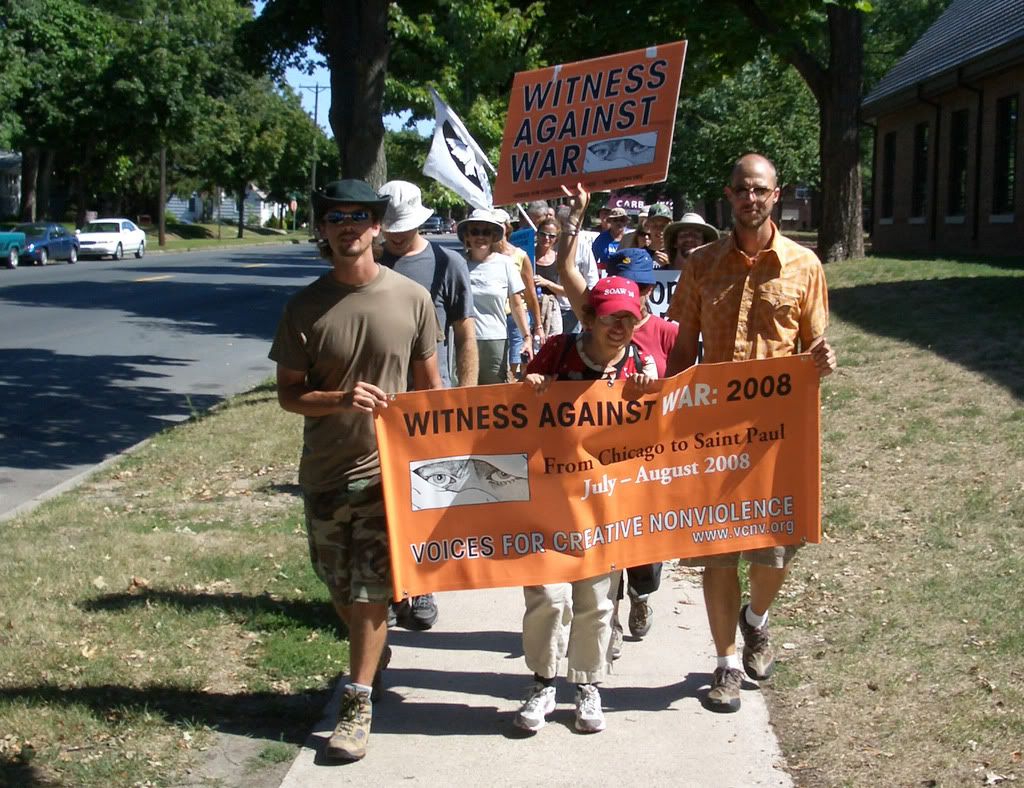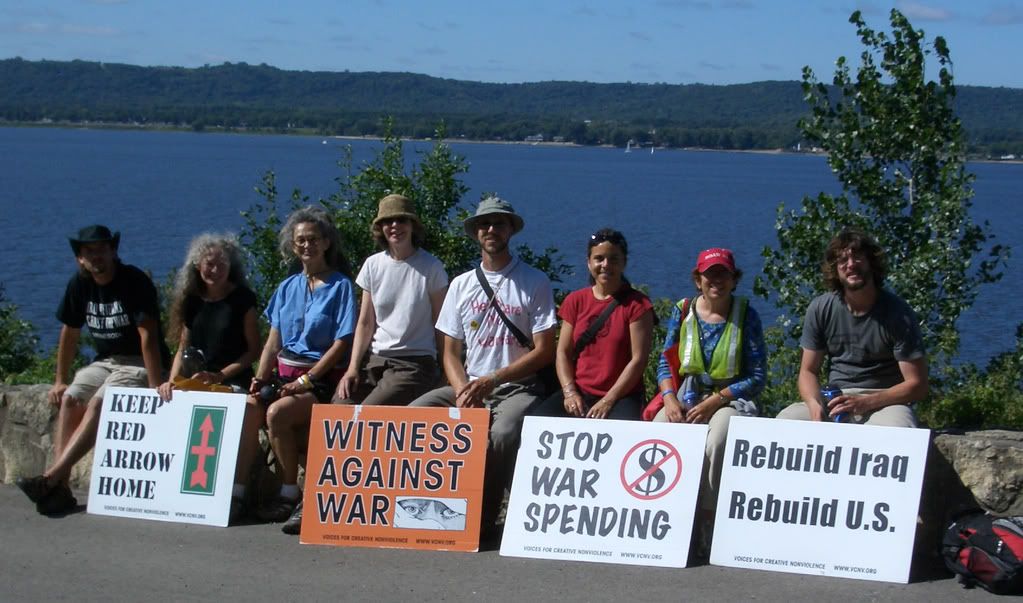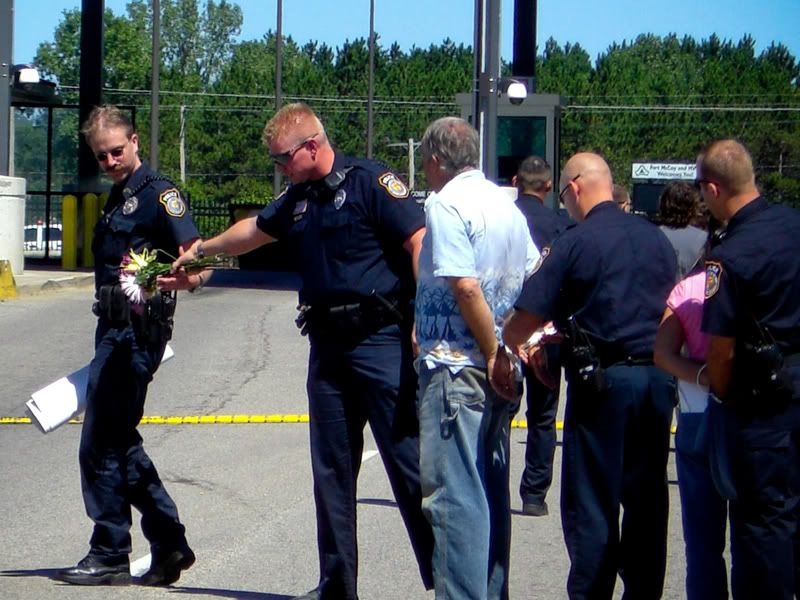(Kathy Kelly ([email protected]) co-coordinates Voices for Creative Nonviolence. Twice nominated for the Nobel Peace Prize, she has often put herself in harm’s way as a witness for peace, most recently in Gaza.)
By Kathy Kelly
People have asked me, since I returned from Gaza, how people manage. How do they keep going after being traumatized by bombing and punished by a comprehensive state of siege? I wonder myself. I know that whether the loss of life is on the Gazan or the Israeli side of the border, bereaved survivors feel the same pain and misery. On both sides of the border, I think children pull people through horrendous and horrifying nightmares. Adults squelch their panic, cry in private, and strive to regain semblances of normal life, wanting to carry their children through a precarious ordeal.
And the children want to help their parents. In Rafah, the morning of January 18, when it appeared there would be at least a lull in the bombing, I watched children heap pieces of wood on plastic tarps and then haul their piles toward their homes. The little ones seemed proud to be helping their parents recover from the bombing. I'd seen just this happy resilience among Iraqi children, after the 2003 Shock and Awe bombing, as they found bricks for their parents to use for a makeshift shelter in a bombed military base.
Children who survive bombing are eager to rebuild. They don't know how jeopardized their lives are, how ready adults are to bomb them again.
In Rafah, that morning, an older man stood next to me, watching the children at work. "You see," he said, looking upward as an Israeli military surveillance drone flew past, "if I pick up a piece of wood, if they see me carrying just a piece of wood, they might mistake it for a weapon, and I will be a target. So these children collect the wood."
While the high-tech drone collected information,– "intelligence" that helps determine targets for more bombing, –toddlers collected wood. Their parents, whose homes were partially destroyed, needed the wood for warmth at night and for cooking. Because of the Israeli blockade against Gaza, there wasn't any gas.
With the border crossing at Rafah now sealed again, people who want to obtain food, fuel, water, construction supplies and goods needed for everyday life will have to rely, increasingly, on the damaged tunnel industry to import these items from the Egyptian side of the border. Israel's government says that Hamas could use the tunnels to import weapons, and weapons could kill innocent civilians, so the Israeli military has no choice but to bomb the neighborhood built up along the border, as they have been doing.
Suppose that the U.S. weapon makers had to use a tunnel to deliver weapons to Israel. The U.S. would have to build a mighty big tunnel to accommodate the weapons that Boeing, Raytheon, Lockheed Martin and Caterpillar have supplied to Israel. The size of such a tunnel would be an eighth wonder of the world, a Grand Canyon of a tunnel, an engineering feat of the ages.
Think of what would have to come through.
Imagine Boeing's shipments to Israel traveling through an enormous underground tunnel, large enough to accommodate the wingspans of planes, sturdy enough to allow passage of trucks laden with missiles. According to UK's Indymedia Corporate Watch, 2009, Boeing has sent Israel 18 AH-64D Apache Longbow fighter helicopters, 63 Boeing F15 Eagle fighter planes, 102 Boeing F16 Eagle fighter planes, 42 Boeing AH-64 Apache fighter helicopters, F-16 Peace Marble II & III Aircraft, 4 Boeing 777s, and Arrow II interceptors, plus IAI-developed arrow missiles, and Boeing AGM-114 D Longbow Hellfire missiles,
In September of last year, the U.S. government approved the sale of 1,000 Boeing GBU-9 small diameter bombs to Israel, in a deal valued at up to 77 million. Now that Israel has dropped so many of those bombs on Gaza, Boeing shareholders can count on more sales, more profits, if Israel buys new bombs from them from them. Perhaps there are more massacres in store. It would be important to maintain the tunnel carefully. Raytheon, one of the largest U.S. arms manufacturers, with annual revenues of around $20 billion, is one of Israel's main suppliers of weapons. In September last year, the US Defense Security Cooperation Agency approved the sale of Raytheon kits to upgrade Israel's Patriot missile system at a cost of $164 million. Raytheon would also use the tunnel to bring in Bunker Buster bombs as well as Tomahawk and Patriot missiles.
Lockheed Martin is the world's largest defense contractor by revenue, with reported sales, in 2008, of $42.7 billion. Lockheed Martin's products include the Hellfire precision-guided missile system, which has reportedly been used in the recent Gaza attacks. Israel also possesses 350 F-16 jets, some purchased from Lockheed Martin.
Think of them coming through the largest tunnel in the world.
Maybe Caterpillar Inc. could help build such a tunnel. Caterpillar Inc., the world's largest manufacturer of construction (and destruction) equipment, with more than $30 billion in assets, holds Israel's sole contract for the production of the D9 military bulldozer, specifically designed for use in invasions of built-up areas. The U.S. government buys Caterpillar bulldozers and sends them to the Israeli army as part of its annual foreign military assistance package. Such sales are governed by the US Arms Export Control Act, which limits the use of U.S. military aid to "internal security" and "legitimate self defense" and prohibits its use against civilians.
Israel topples family houses with these bulldozers to make room for settlements. All too often, they topple them on the families inside. American peace activist Rachel Corrie was crushed to death standing between one of these bulldozers and a Palestinian doctor's house.
In truth, there's no actual tunnel bringing U.S. made weapons to Israel. But the transfers of weapons and the U.S. complicity in Israel's war crimes are completely invisible to many U.S. people. With the border crossing at Rafah now sealed again, people who want to obtain food, fuel, water, construction supplies and goods needed for everyday life will have to rely, increasingly, on the damaged tunnel industry to import these items from the Egyptian side of the border. Israel's government says that Hamas could use the tunnels to import weapons, and weapons could kill innocent civilians, so the Israeli military has no choice but to bomb the neighborhood built up along the border, as they have been doing.
Suppose that the U.S. weapon makers had to use a tunnel to deliver weapons to Israel. The U.S. would have to build a mighty big tunnel to accommodate the weapons that Boeing, Raytheon, Lockheed Martin and Caterpillar have supplied to Israel. The size of such a tunnel would be an eighth wonder of the world, a Grand Canyon of a tunnel, an engineering feat of the ages.
The United States is the primary source of Israel's arsenal. For more than 30 years, Israel has been the largest recipient of U.S. foreign assistance and since 1985 Israel has received about 3 billion dollars, each year, in military and economic aid from the U.S. ("U.S. and Israel Up in Arms," Frida Berrigan, Foreign Policy in Focus, January 17, 2009)
So many Americans can't even see this flood of weapons, and what it means, for us, for Gaza's and Israel's children, for the world's children.
And so, people in Gaza have a right to ask us, how do you manage? How do you keep going? How can you sit back and watch while your taxes pay to massacre us? If it would be wrong to send rifles and bullets and primitive rockets into Gaza, weapons that could kill innocent Israelis, then isn't it also wrong to send Israelis the massive arsenal that has been used against us, killing over 400 of our children, in the past six weeks, maiming and wounding thousands more?
But, standing over the tunnels in Rafah, that morning, under a sunny Gazan sky, hearing the constant droning buzz of mechanical spies waiting to call in an aerial bombardment, no one asked me, an American, those hard questions. The man standing next to me pointed to a small shed where he and others had built a fire in an ash can. They wanted me to come inside, warm up, and receive a cup of tea.





 Kelly, (left) a high school and community college teacher, has repeatedly risked her life and her freedom as an advocate for non-violence. She is now affiliated with
Kelly, (left) a high school and community college teacher, has repeatedly risked her life and her freedom as an advocate for non-violence. She is now affiliated with